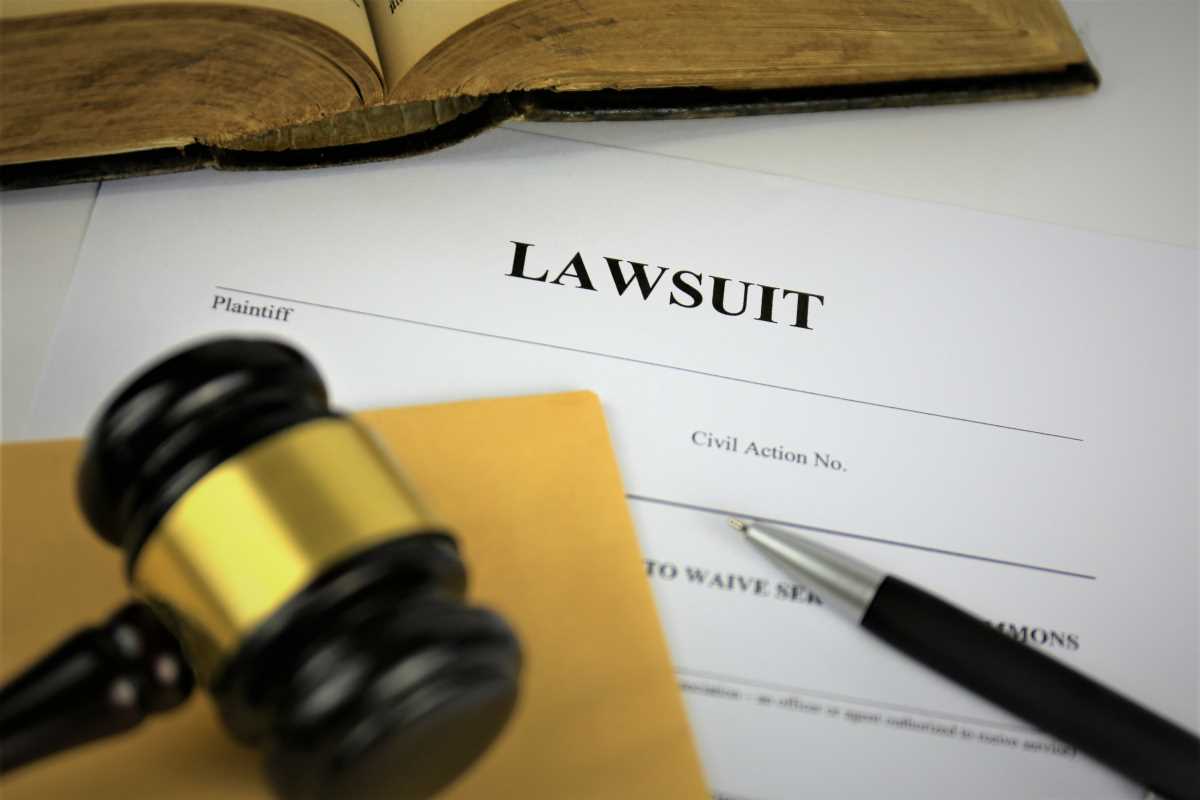When people experience harm or injury due to a defective product, contaminated drug, or other large-scale wrongdoing by a corporation, the desire for justice feels urgent and personal. One legal option for pursuing justice in such cases is through a mass tort lawsuit. Mass torts enable multiple individuals who have been harmed by the same entity to come together while still retaining their unique claims. However, this legal process can be both complex and misunderstood.
If you’re considering filing a mass tort case, it’s essential to understand how these lawsuits work, how they differ from a class action lawsuit, and what steps you need to take to file your claim. This article provides a comprehensive guide to mass tort cases and key factors claimants need to know before moving forward. With the right information and preparation, you can approach a mass tort case with clarity and confidence.
A mass tort case is a type of lawsuit where numerous individuals bring claims against the same defendant or group of defendants because they have suffered injuries due to a common cause. Despite having similarities, mass tort cases are distinct from class action lawsuits because each claimant in a mass tort retains their individual case and history of damages.
Mass tort cases are often used in situations like these:
- Defective products: When a faulty product causes injuries—for example, defective medical devices or unsafe consumer goods.
- Pharmaceutical claims: When a drug has harmful side effects not disclosed or known to the public.
- Environmental harm: When toxic spills, pollution, or disasters harm communities.
- Widespread accidents: Large transportation accidents like plane crashes or train derailments.
Each mass tort case hinges on the evidence that links the defendant’s actions (or negligence) to the harm suffered by each plaintiff. While claimants’ cases are filed collectively and move through the legal system in a coordinated manner, their personal claims remain distinct, and the outcomes may vary based on individual circumstances and evidence.
Mass Tort vs. Class Action Lawsuits
Mass tort cases are often confused with class action lawsuits, but there are critical differences between the two legal approaches. Understanding these distinctions can help potential claimants determine the best option for pursuing justice.
1. Individual vs. Collective Claims
- Mass tort cases allow claimants to maintain separate claims within a group lawsuit. Each claimant’s circumstances are evaluated independently, allowing for variations in financial compensation depending on the level of harm.
- Class action lawsuits combine all claims into one uniform case, with a single plaintiff or representative acting on behalf of the entire class. All members receive identical settlements if the case succeeds, regardless of individual differences in harm or damages.
2. Size of the Plaintiff Group
Mass tort cases tend to have a smaller group of claimants compared to class action lawsuits, where thousands or even millions of members may form part of the case. Because of this, mass tort cases lend themselves better to situations where claimants’ injuries and losses require individualized evaluation.
3. Legal Complexity
Due to the need for individualized evidence and outcomes, mass tort cases are typically more complex than class action lawsuits. Court proceedings often involve multiple judges, specialized legal teams, and intricate case management.
Steps to File a Mass Tort Case
If you’ve decided to pursue a mass tort case, understanding the process can help you prepare effectively. Below are the main steps involved in filing a mass tort claim.
1. Identify Your Legal Issue
The first step is recognizing that your injury or harm originates from a product, event, or action that has affected others similarly. For example, if you suffered side effects from a medication and discovered reports of others with similar issues, this could signal the need for a mass tort case. Gathering initial evidence, like medical records, purchase receipts, or related communications, can help establish legitimacy.
2. Research Ongoing Cases
It’s common for mass tort cases to begin when multiple claims with shared factors emerge. Research whether other people have already taken action or if law firms are investigating similar cases. This step may save time if a mass tort case is already underway, as you could potentially join the existing lawsuit.
3. Consult an Experienced Mass Tort Attorney
Because of their complexity, mass tort cases require legal expertise. Choose an attorney or law firm experienced in handling mass tort litigation, especially for cases similar to yours. During the consultation, expect to discuss:
- The harm you’ve experienced (e.g., injuries, financial losses).
- The evidence you’ve gathered.
- Your likelihood of success and potential compensation.
The attorney will evaluate your case and advise whether to move forward. If they decide to take your case, they will likely represent you on a contingency fee basis, meaning they’ll only get paid if you win compensation.
4. File Your Claim
Once your attorney agrees to represent you, they will take the necessary steps to file your claim. This may include filing within a mass tort lawsuit that has already been established or helping to form a new mass tort action with other plaintiffs. They will handle the paperwork, legal strategy, and communication with court officials.
5. Provide Evidence
Evidence is the backbone of a mass tort case. Each claimant needs to demonstrate how they were harmed. Common forms of evidence include:
- Medical records
- Expert testimony (e.g., doctors, engineers, or other professionals)
- Product receipts, contracts, or purchase documentation
- Photos or videos of injuries or product defects
Your attorney will guide you in collecting and organizing this evidence. Since mass tort cases often involve shared evidence, such as research studies or corporate documents, your attorney may also work closely with other legal teams.
6. Wait for the Legal Process to Progress
Mass tort cases can take months or even years to reach resolution. Attorneys for the plaintiffs (claimants) and defendants negotiate extensively, and cases may proceed through discovery, mediation, or trial phases. Staying patient and maintaining communication with your attorney is vital during this process.
7. Settlement or Trial Outcomes
Many mass tort cases are resolved through settlements, where the defendant agrees to pay compensation to avoid going to trial. If your case goes to trial, the court will rule on liability and compensation individually, even if you are part of a larger group of claimants.







